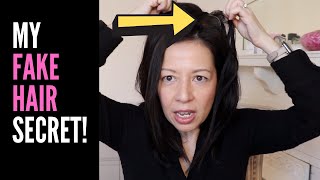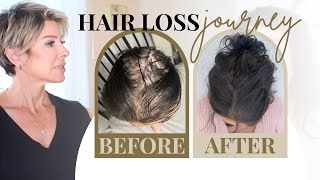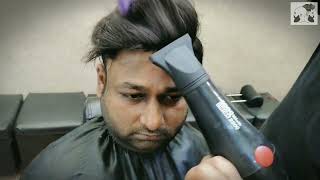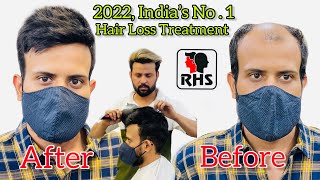Postpartum Shedding - What To Expect For Baby And Mom
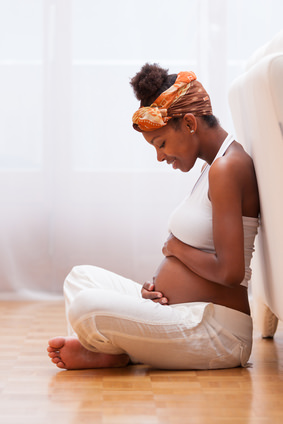 My son Jonross is almost 11 months old. It’s crazy how fast time flies because for me it was just yesterday I felt him trying break my rib cage and now he has his dad and I running all over the house removing small objects from his little fists.
My son Jonross is almost 11 months old. It’s crazy how fast time flies because for me it was just yesterday I felt him trying break my rib cage and now he has his dad and I running all over the house removing small objects from his little fists.
In case you are wondering, postpartum shedding is the sudden shedding of hair that new moms experience shortly after the birth of their child.
I experienced postpartum shedding but it didn’t happen in the way I expected or even when I expected.
I thought I would have the baby and then my hair would just start falling out immediately; but really what happened was that I lost a lot of hair around my hair line when he was six or 7 months old.
When I started to notice how specific the hair loss was and that I actually had bald spots I decided to do a little research on what I really should or should not be worried about.
You would be surprised how a little knowledge can ease your worry and help you though what will undoubtedly be a a stressful time.
If you have experienced postpartum shedding and know little to nothing about it, keep reading, after all sharing is caring.
What Happens To Your Hair During Pregnancy
To understand postpartum shedding it is important to know the background and some of the changes your body goes through as you take care of your little bundle for nine months.
Normally we have on average around 95% of our hair growing at any given time, the rest of our hair is enjoying a resting period and after the rest is over, the hair falls out.
We all have heard that we tend to lose about 100 hairs per day, most of that is from manipulation and normal shedding after the resting phase is over. The hair that is released is then replaced with a new hair that sprouts from the same follicle and the cycle continues.
During pregnancy things move away from normal and our hair growth cycle changes. One of the most significant changes is the increased levels of the hormone estrogen in our system which not only contributes to the sudden cravings for pickles on top of a huge bowl of ice-cream but the hormone also prolongs the growing phase of our hair.
Have you ever wondered how long your hair would be if your were an elephant? End crazy thought here. During your pregnancy you will notice that your hair is thicker from all the extra hair you are holding on to and also shinier contributing to that gorgeous pregnancy glow we all tend to experience.
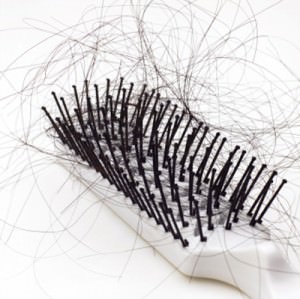 After The Baby Is Born
After The Baby Is Born
Once you deliver your baby the estrogen levels will take a nose dive and an influx of hair follicles will enter the resting stage of the hair cycle. The dreaded shedding known as portpartum shedding will begin shortly thereafter. It is not specific on when shedding will start because it varies from one woman to the next but usually it will start between 3-8 months after giving birth.
You will notice a lot more hair in your hair tools, on wash day in the bath or if the shedding is really terrible, you will be able to pull out clumps of hair with without any effort.
Even though seeing clumps of hair everywhere can be scary, the unusual shedding should taper off as your baby gets a little older and at around 12 months it should stop.
The way the hair falls is also interesting and varies from head to head. For example there are women who have reported hair falling out in patches all over their head, and other women might just lose the hair around their hairline but either way, the good news is you will not go bald and the hair does eventually return to its luxurious self.
How To Deal With Postpartum Shedding
Patience
Honestly I could suggest going out and purchasing a bunch of thickening creams and other products that create illusions of volume and they are worth mentioning but the number one way to deal with shedding is by exercising a lot of patience with your hair.
Understand that your hair is going through a time of renewal after the baby was born so the best thing to do is nurture it and help it along by reducing excessive manipulation, keeping it moisturized and free of tangles.
A Haircut
Have you noticed that after some women have a baby they do something drastic like cut all their hair off? This might not be directly related to postpartum shedding but it is a great way to stay within the theme of renewal.
New baby, new life changes, new needs and new hair! Getting a hair cut might be just what the doctor ordered after successfully adding to the human race.
Change your Hair style
If you are losing the hair on your hairline, it helps to part your hair on a different side or style your hair in a different manner to cover-up the thinner spots. It may be time to get those bangs you have been thinking about getting for years.
Additionally if you are natural, it might be time to start wearing your hair in its curly state full time because it is a lot easier to mask thinning hair with curly hair than it is with straight sleek styles.
If you have a relaxer you are not exempt from curly styles, try perm rods*, roller sets or flexi rods* which help your hair to appear thicker.
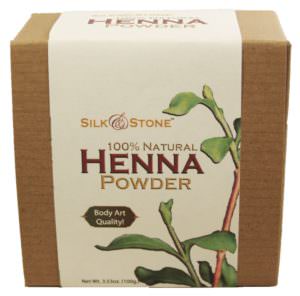 Try Color
Try Color
Coloring your hair or getting highlights adds dimension to it and makes your hair appear thicker and fuller. A healthy color option is henna*, not only does the dye give your hair an unusually lovely shine but it is considered a natural thickening agent as well.
Check out our post on Henna, where you can learn more about its benefits and how to do it.
Cover it up
Sometimes accessories can be the simplest way to get through postpartum shedding, utilize scarves, beanies, cute hats or head bands, just find cute stylish ways to disguise this temporary hair loss.
This solution might not be practical for those working in formal office environments but it can really help on those days where you just don’t want to deal with the hassle of finding yet another way to disguise your missing patches of hair.
Volumise and Moisturize
There are a few drugstore brands of mousses and thickening agents that you can use to give the illusion of fullness but beyond that make sure that your hair remains very moisturized and healthy during this time.
If you want to find products geared towards volume, look for mousses or products that say ‘volumizing’ or ‘thickening’ and ensure that you follow the directions on the labels.
Be aware however that some of these products contain agents that ‘rough up’ the cuticle to prevent your hair from laying flat hence creating the illusion of volume. While they may not cause lasting damage as a one off solution if you have a special event to attend, bear in mind that their continued use could cause problems with length retention.
Make sure you do your research on these products so that you know what you are getting yourself into.
Exercise
This is for overall health and wellness really, because after the baby is born lack of sleep amongst other things will increase stress levels which is not good for you, the baby or your falling hair.
Exercise can really help to alleviate some of the stress and have you feeling much like your old self faster than you would if you just sat and worried about it all day.
Ensure that you start working out only when you receive final clearance from your doctor and do not hesitate to bring up any further concerns you might have about shedding with your physician.
Did you experience postpartum shedding? How did you handle it?

